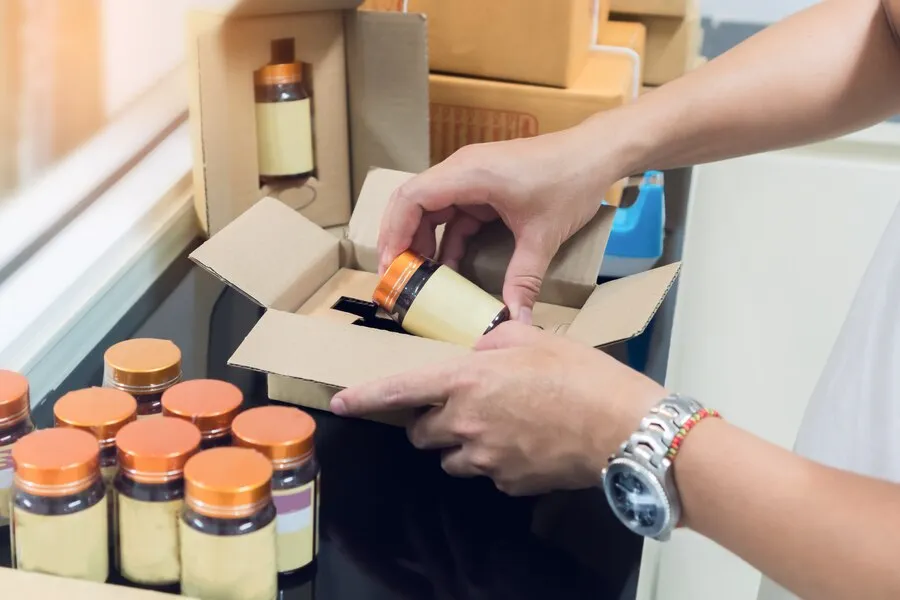You’re looking to create custom labels for your products, but aren’t sure where to start. Designing eye-catching and informative product labels can be tricky. You want labels that properly represent your brand while effectively communicating key details about your products. Follow these tips to help you design the perfect custom labels for your business.
Research Label Requirements
Before getting started on label designs, you’ll want to understand any legal requirements for product labeling. Regulations vary by industry and location, so be sure to research the rules relevant to your business. For example, food products in the United States must comply with FDA labeling regulations. Some common labeling requirements include:
- Product name or description
- Net quantity or volume
- Ingredient list
- Nutrition facts panel
- Manufacturer name and address
- Country of origin
- Any necessary warning statements
Knowing what information needs to be on your labels will help guide your design process.
Pick the Right Label Material
You’ll also need to select the right label material for your product. Factors like durability, water resistance, removability, and aesthetics should be considered. For example, a reusable glass bottle may benefit from a durable vinyl or polyester label that can withstand repeated washing. Food jars and bottles often use wraparound peel-and-stick labels for easy removal. Hang tags and care labels for apparel have different material needs as well. Consider how the label will be used to narrow down your material options. Your supplier can help you pick the optimal material for the application.
Design With Your Brand in Mind
A product’s label provides an important branding opportunity. When designing custom labels, be sure to maintain a consistent look and feel that aligns with your overall brand identity. Use your brand colors, fonts, and logo to create cohesive labeling. The tone and imagery should also match your brand’s voice and style. Consistent branding builds recognition and helps customers instantly identify your products.
Focus on Readability
While you want attractive labels, the design still needs to be highly functional. Customers need to be able to easily read and understand the label information. Use legible fonts and sufficient white space between text areas. Avoid overly elaborate fonts that could hinder readability. Place text over solid backgrounds whenever possible. For lengthy ingredient lists or usage instructions, consider using multiple columns to break up the content. Icons can also help draw attention to key details. Find out more about free fonts here.
Highlight Important Details
Determine what details you want to emphasize on the label. This may include the product name, key features or uses, imagery, or certifications like “organic” or “fair trade.” Consider using larger or bolder fonts to highlight critical info. Contrasting colors can also make details stand out. But don’t overlook regulatory requirements — any mandatory label elements need sufficient prominence as well.
Reflect Your Product Personality
Your product labeling presents a chance to showcase your brand personality. For example, a children’s fruit snack may use bright, playful colors and fun fonts. A luxury beauty product may have an elegant, minimalist label. Think about the tone you want to convey, and let this guide stylistic choices like color palette, typography, and graphics. Just be sure to keep labels easy to read; don’t sacrifice legibility for personality.
Creating custom labels requires balancing branding, legal compliance, functionality, and design. Following these tips will help you develop product labels that effectively represent your brand and provide customers with the details they need. With smart planning and strategic design choices, you can craft labels that truly stand out. Visit Columbine Label Company to get help creating custom labels.




